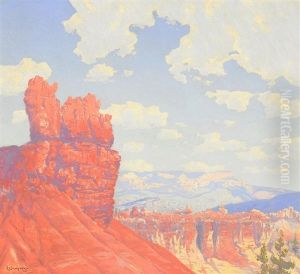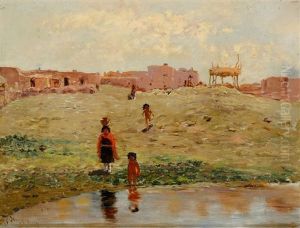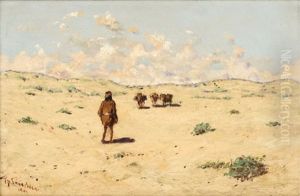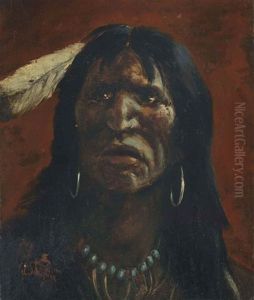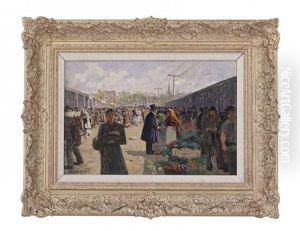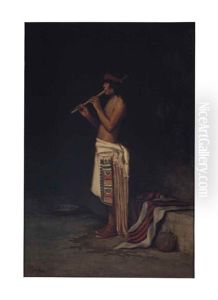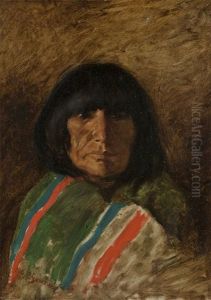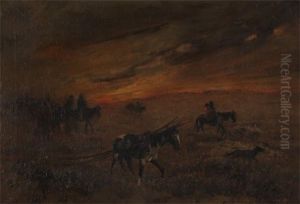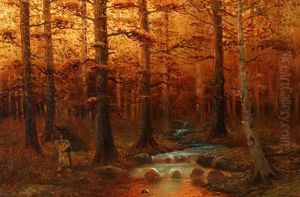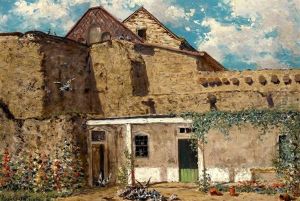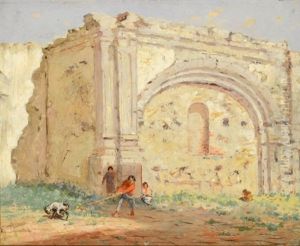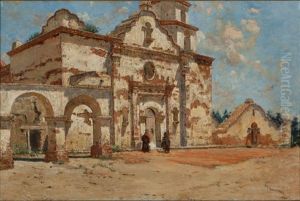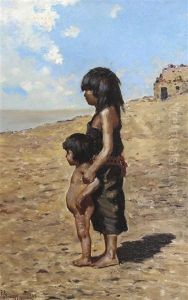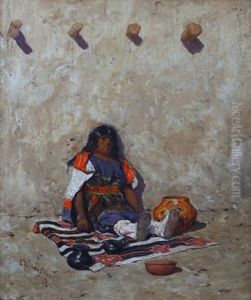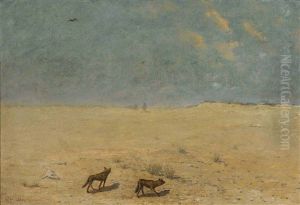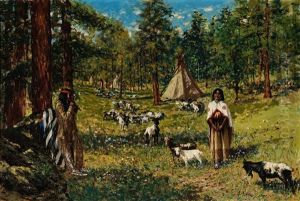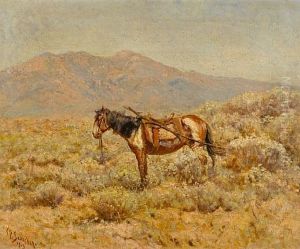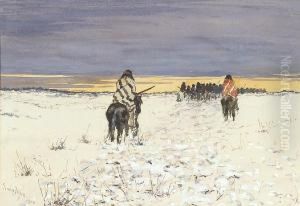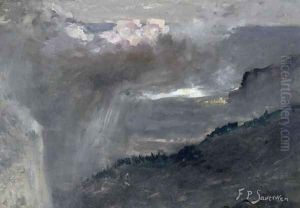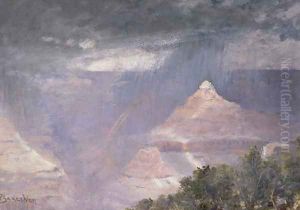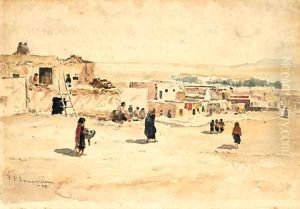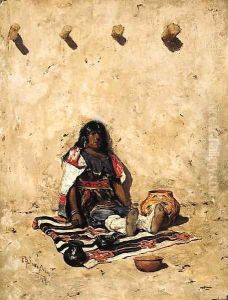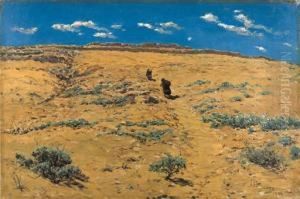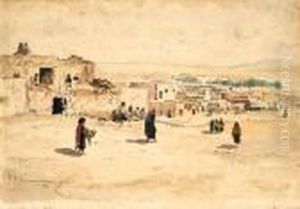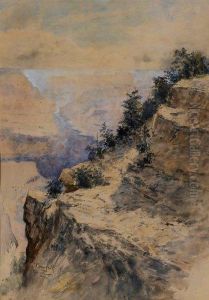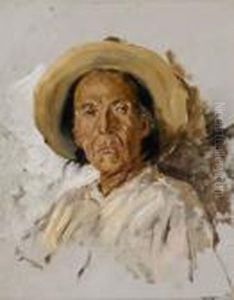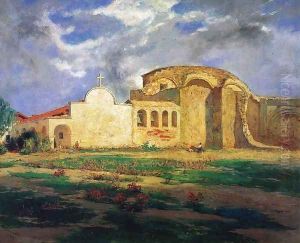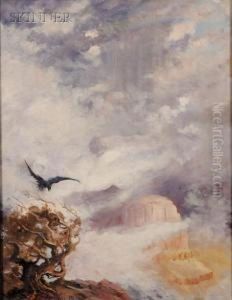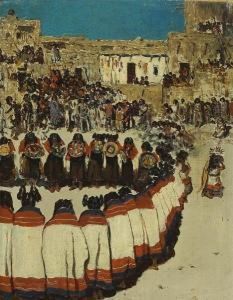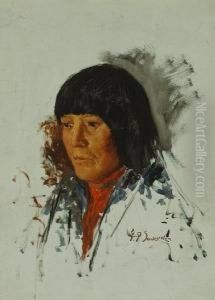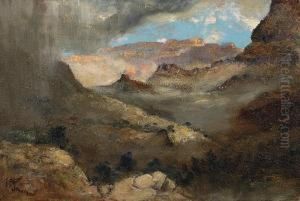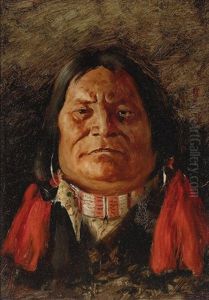Frank Paul Sauerwein Paintings
Frank Paul Sauerwein was an American painter born on September 10, 1871, in Brunswick, New Jersey. He is known for his remarkable contribution to the American Southwest's artistic representation, particularly through his landscape and Native American genre paintings. Sauerwein's early life was marked by a profound interest in art, prompting him to pursue formal education in the field. He studied at the Pennsylvania Academy of the Fine Arts in Philadelphia under the tutelage of Thomas Pollock Anshutz, and later, he furthered his education at the Académie Julian in Paris, which was a popular destination for aspiring artists of his time.
During his career, Sauerwein became deeply fascinated with the American West and Southwest, areas that would become the main subjects of his artistic endeavors. After his education in Europe, he returned to the United States and began traveling extensively throughout the West. He was particularly drawn to the vibrant cultures and landscapes of New Mexico and Arizona, places that inspired much of his work. His paintings are characterized by their vivid colors, dynamic compositions, and the ability to capture the essence of the landscapes and peoples he encountered.
Sauerwein was also among the early non-Native artists to spend significant time living in Native American communities, which allowed him to portray these subjects with a degree of authenticity and sensitivity that was rare for the time. His interactions with various Native American tribes, including the Navajo, Pueblo, and Hopi, informed his work, providing a nuanced perspective that resonated with both his contemporaries and modern audiences.
Despite his promising career, Frank Paul Sauerwein's life was cut short by tuberculosis, leading to his premature death on December 18, 1910, in Pasadena, California. His legacy, however, lives on through his art, which continues to be celebrated for its contribution to the visual documentation and appreciation of the American Southwest's unique beauty and cultural richness. Sauerwein's work is held in high regard and can be found in numerous public and private collections across the United States.
